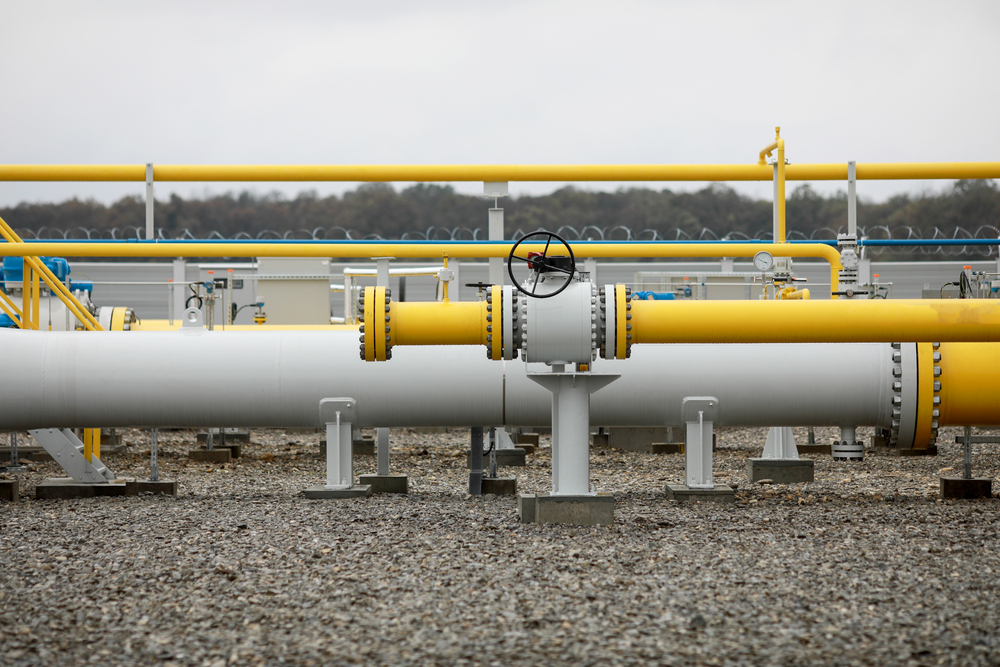Ukraine’s strike disrupts oil supplies to three EU countries still purchasing Russian oil

Ukrainian forces carried out a unique operation nearly 950 km from Ukraine. On the night of 18 August, the “Nikolskoe” oil pumping station in Russia’s Tambov Oblast was struck. The facility ensured the stable flow of oil along a strategic Druzha pipeline.
The Russian oil industry is the key sector financing Russia’s war against Ukraine. Despite sanctions, oil and gas still provide a significant share of the Russian budget. In 2025, Russia’s state spending on the war rose to 6.3% of GDP, the highest level since the Cold War.
What happened at the station?
“As a result of the strike, a fire broke out at the facility, and oil pumping along the Druzhba main pipeline was completely halted,” the General Staff of the Armed Forces of Ukraine reports.
Such stations maintain pipeline pressure, and without them, fuel transportation becomes impossible.
Why the Druzhba pipeline matters?
The Druzhba pipeline runs from Russia to Belarus and then branches out: northward to Poland and Germany, southward through Ukraine to Slovakia and Hungary.
After the war began, the EU halted supplies along the northern branch, but exceptions were made for Hungary, the Czech Republic, and Slovakia. These countries continue to receive oil from Russia.
Strike on the Kremlin’s economy
“The ‘Nikolskoe’ oil pumping station is part of Russia’s economic infrastructure and is involved in supplying occupation forces,” the Armed Forces add.
Ukraine consistently targets Russia’s military-economic potential to weaken its ability to continue the war.